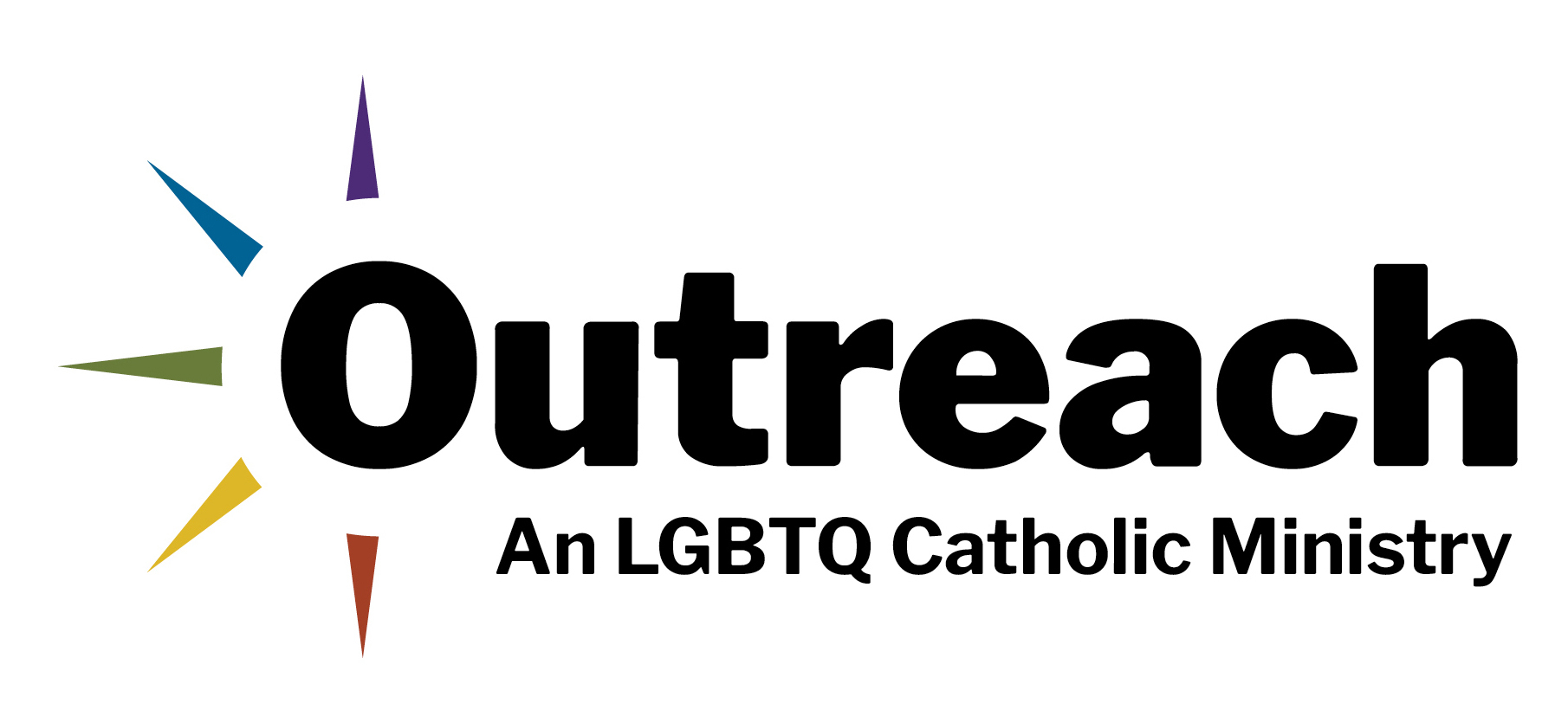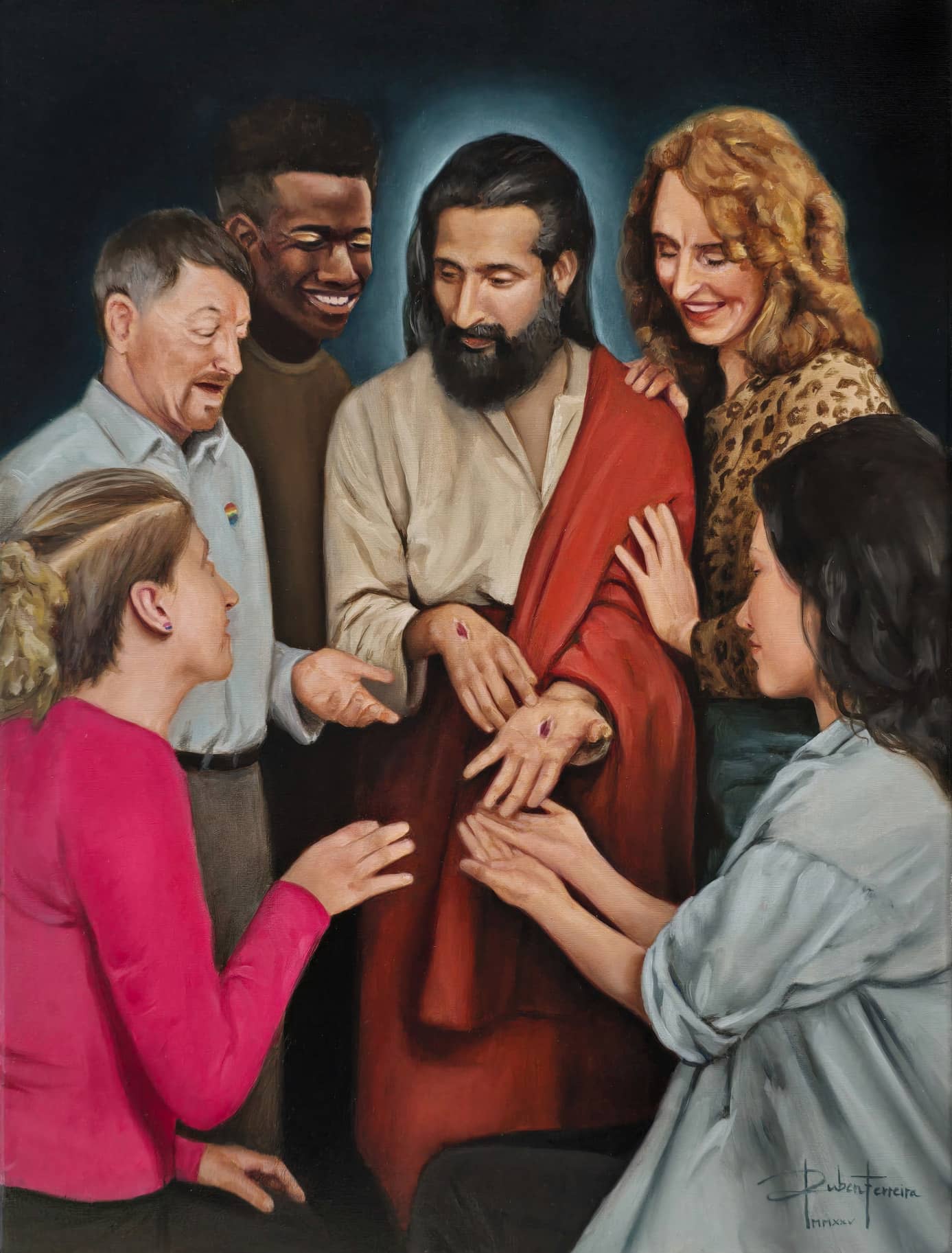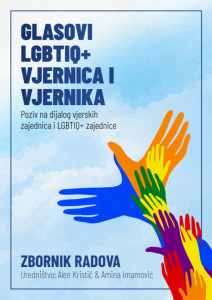This essay first appeared in our weekly Scripture reflection newsletter on April 19, 2025.
The Gospel readings for the Easter Vigil, for Easter Sunday and for the entire Easter Season are beautiful. Each tells, in its own way, stories of the Risen Christ’s appearance to the disciples, many of whom had previously been locked in despair.
Yet I’m always surprised that the church’s reading for Easter Sunday, from John’s Gospel, ends where it does.
Of course, it’s a dramatic story as it stands. Mary Magdalene comes to Jesus’ tomb early on Easter morning, sees that the stone that covered the tomb has been removed, and then races to alert Peter and the Beloved Disciple. All three then return. The Beloved Disciple arrives first, followed by Peter, who peers into the tomb. Then, the Beloved Disciple looks in the tomb, and as the Gospel notes, “saw and believed.” (Some scholars surmise that the Beloved Disciple may be Lazarus; in that case, he could easily believe that someone has been raised from the dead since he himself had just been raised—by Jesus.) Peter, we are told, does not understand. Then Peter and the Beloved Disciple return home.
The Easter Sunday Gospel leaves out the main event: the Risen Christ’s dramatic appearance to Mary Magdalene, who unlike the male disciples, remains behind at the tomb.
That’s where this year’s Easter Sunday Gospel ends. How odd! It leaves out the main event: the Risen Christ’s dramatic appearance to Mary Magdalene, who unlike the male disciples, remains behind at the tomb. She mistakes Jesus for the gardener until he says her name: “Mariam!” (Interestingly, their moving exchange—“Mariam!” “Rabbouni”—is preserved in the original Aramaic in the otherwise Greek text of the New Testament.)
Upon hearing her name, Mary understands who is speaking to her. Then she races back to see the disciples and announces, “I have seen the Lord!”
Why would we not read the whole narrative? It’s not overly long: there are many other Sunday Gospel readings that are far longer (the Woman at the Well, for example). Perhaps those who arranged the calendar of liturgical readings preferred to leave the Easter Sunday congregations with an unfinished story—to encourage listeners to “fill in the blanks” and see themselves in the story as ones who are likewise encouraged to believe even if they have not seen. After all, none of us is going to have the same kind of experience that Mary Magdalene did. Or perhaps it was seen as better to stretch out the story: we finally read of her encounter with Christ on Easter Tuesday.
It’s also possible that Mary Magdalene’s encounter with the Risen One is omitted because she’s a woman.
But it’s also possible that Mary Magdalene’s encounter with the Risen One is omitted because she’s a woman. Having her at center stage on Easter Sunday may have been too much for those responsible for selecting the readings. In this, she would be treated the same way that not one but several women—Mary Magdalene, Joanna, Mary the mother of James and “the other women”—were treated when they announced the Good News of the Resurrection. As Luke tells the story, their testimony was dismissed as leros, the Greek word for “an idle tale” or, more bluntly, “nonsense.”
Whether we like it or not, it is often to people who feel excluded or ignored—women in this case—that the Good News is first addressed. Likewise, in his book The True Church and the Poor, the Jesuit theologian Jon Sobrino, S.J., wrote, “The poor are accepted as constituting the primary recipients of the Good News and, therefore, as having an inherent capacity of understanding it better than anyone else.”
To women and to the poor we can add other groups who feel on the margins of our church and of our society—LGBTQ people, uneducated and unemployed people, migrants and refugees. Is it any wonder that the Risen One would appear to a woman, not only as an acknowledgment of her fidelity during the Passion, but to remind the disciples once again of the need to look for him not in the usual places? Or the usual people?
It is often those who bear wounds from both the church and society who are the most authentic proclaimers of the Gospel.
Over the past few years, as I’ve worked with LGBTQ Catholics in a variety of settings—at our Outreach conferences, at lectures and talks, during retreats, one-on-one, even through social media—I’ve seen how often they radiate the joy of the Risen Christ. Especially when I meet LGBTQ Catholics who are active in their parishes, their local Catholic schools or the larger Catholic community, I see people who have put up with so much and yet who still believe. They have seen inside the tomb. They know their wounds, but they also know their joy. And like the Risen Christ, they bear both wounds and joy.
At the same time, many people dismiss LGBTQ Catholics, seeing their testimony as leros. Why should we listen to them? Why should we pay attention to them? Why should we even notice them? The answer is exactly what Mary Magdalene said in the Gospel of John: “I have seen the Lord!” LGBTQ people, whether or not other Christians believe this, have had profound experiences of the Father, of Jesus, of the Holy Spirit and of the church.
We dismiss these experiences at our peril. For it is often those who bear wounds from both the church and society who are the most authentic proclaimers of the Gospel. Like the women at the tomb, they are often disbelieved. And as with those women, we are called to listen to them, as they proclaim the Good News: Christ is risen indeed—in their lives, in our lives and for the world.
Alleluia! Alleluia!




